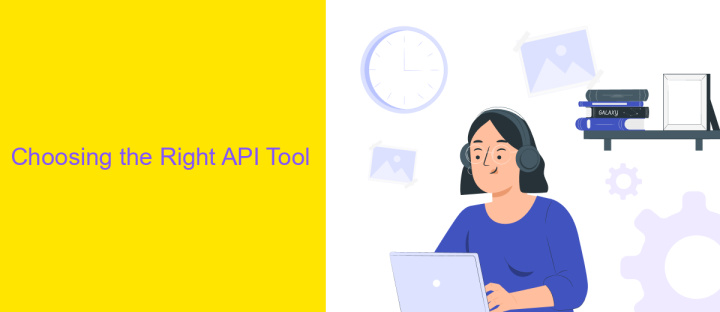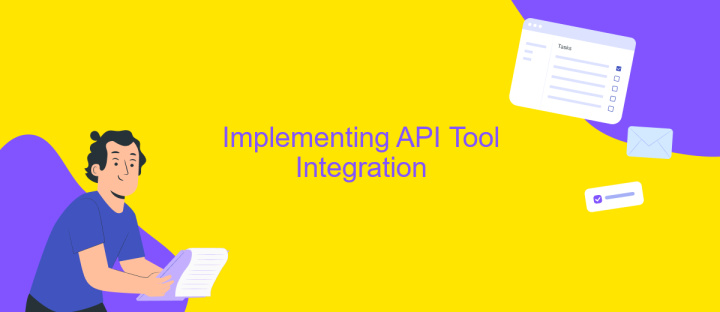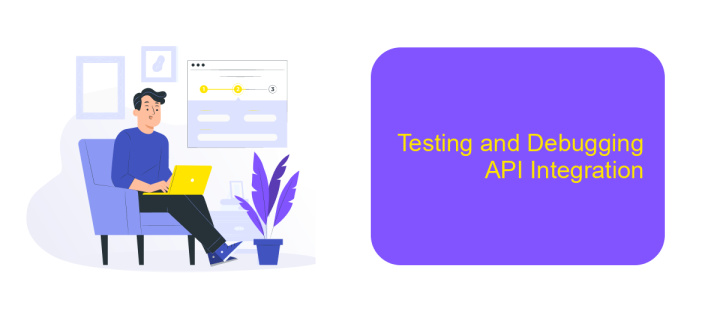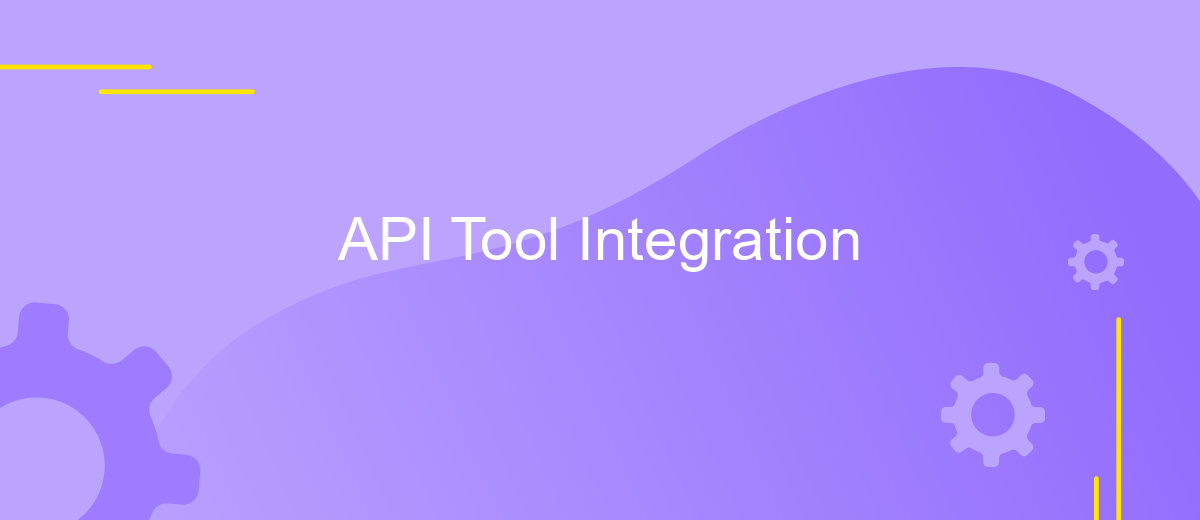API Tool Integration
In today's rapidly evolving digital landscape, the integration of API tools has become essential for businesses seeking to enhance functionality, streamline operations, and improve user experiences. By seamlessly connecting diverse software systems, API tool integration enables organizations to automate processes, reduce manual efforts, and foster innovation. This article explores the benefits, challenges, and best practices for implementing API tool integration, providing insights into how it can drive efficiency and growth in various industries.
Introduction to API Tool Integration
API Tool Integration has become a cornerstone in modern software development, enabling seamless communication between diverse systems and applications. By leveraging APIs, developers can enhance functionality, improve efficiency, and expand the capabilities of existing software solutions. The integration of API tools allows for the automation of routine tasks, reducing the time and effort required for manual operations.
- Improved interoperability between different software systems.
- Enhanced scalability and flexibility of applications.
- Streamlined processes through automation and reduced manual effort.
- Facilitated innovation by allowing developers to build on existing solutions.
- Access to a broader range of functionalities and services.
As businesses continue to adopt digital transformation strategies, the demand for effective API tool integration grows. These tools not only connect disparate systems but also ensure data consistency and security across platforms. By understanding and implementing API tool integration, organizations can stay ahead in a competitive landscape, fostering innovation and delivering enhanced value to their customers.
Choosing the Right API Tool

When selecting an API tool, it's crucial to consider the specific needs of your project. Start by evaluating the tool's compatibility with your existing systems and technologies. Ensure that it supports the programming languages and platforms you use. Additionally, assess the tool's scalability to accommodate future growth and increased data loads. User-friendliness is another important factor; a tool with an intuitive interface can significantly reduce the learning curve and speed up the integration process.
Moreover, consider the level of support and documentation provided by the tool. Comprehensive guides and responsive customer support can be invaluable, especially during complex integrations. For seamless API integrations, services like ApiX-Drive offer robust solutions that can automate and streamline data exchange between various applications. ApiX-Drive, for instance, provides an easy-to-use platform with extensive integration capabilities, making it a worthy option for businesses looking to enhance their operational efficiency. Ultimately, the right API tool should align with your technical requirements and business objectives, ensuring a smooth and effective integration process.
Implementing API Tool Integration

Integrating an API tool into your system can significantly enhance functionality and streamline processes. To begin, it's essential to understand the API's documentation thoroughly. This will provide insights into its capabilities and limitations, ensuring you can effectively leverage its features. Additionally, setting up a secure environment is crucial to protect sensitive data during integration.
- Review the API documentation to understand its endpoints and data formats.
- Set up authentication mechanisms such as API keys or OAuth tokens.
- Test API calls using tools like Postman to ensure proper request and response handling.
- Integrate the API into your application by writing code that interacts with its endpoints.
- Monitor API usage and performance to identify any potential issues or bottlenecks.
After successfully integrating the API tool, continuous monitoring and maintenance are essential. Regularly update your system to accommodate any changes in the API, and ensure that your security measures are up to date. This proactive approach will help maintain the integration's effectiveness and safeguard against potential vulnerabilities.
Testing and Debugging API Integration

Testing and debugging are crucial steps in ensuring the reliability and performance of API integrations. During the testing phase, developers simulate various scenarios to verify that the API functions as expected. This involves checking responses, error handling, and data accuracy under different conditions. Effective testing helps identify potential issues early, reducing the risk of failures in production.
Debugging, on the other hand, is the process of diagnosing and resolving issues that arise during integration. It requires a systematic approach to identify the root cause of any errors or unexpected behavior. Debugging tools and logs are often used to trace the flow of data and pinpoint where problems occur.
- Use comprehensive test cases to cover all possible scenarios.
- Utilize automated testing tools for efficient validation.
- Implement logging to capture detailed information about API requests and responses.
- Regularly update and maintain API documentation to reflect changes.
By prioritizing thorough testing and efficient debugging, developers can ensure a seamless API integration process. This not only enhances the functionality of the application but also improves user satisfaction by minimizing downtime and errors. Continuous monitoring and iteration are key to maintaining a robust API integration.
Best Practices and Common Pitfalls
When integrating APIs, it is crucial to thoroughly understand the documentation provided by the API provider. This ensures that you can effectively utilize the API's features and avoid unnecessary errors. Using tools like ApiX-Drive can simplify this process by offering user-friendly interfaces and automation capabilities, allowing seamless integration without extensive coding knowledge. Additionally, always test your integrations in a sandbox environment to prevent disruptions in your live system. Monitoring and logging are also essential practices to quickly identify and resolve any issues that may arise during the integration process.
Common pitfalls in API integration include neglecting security measures such as authentication and data encryption, which can lead to data breaches. Another frequent mistake is not accounting for API rate limits, which can cause service interruptions. Ensure that your integration is scalable and can handle increased loads without performance degradation. Finally, keep the API documentation updated and maintain clear communication with the API provider to stay informed about any changes that might affect your integration. By following these best practices, you can create robust and efficient API integrations.
FAQ
What is API Tool Integration?
How can API integration benefit my business?
What should I consider when choosing an API integration tool?
Can I integrate APIs without technical expertise?
How can I ensure the security of my data during API integration?
Routine tasks take a lot of time from employees? Do they burn out, do not have enough working day for the main duties and important things? Do you understand that the only way out of this situation in modern realities is automation? Try Apix-Drive for free and make sure that the online connector in 5 minutes of setting up integration will remove a significant part of the routine from your life and free up time for you and your employees.

